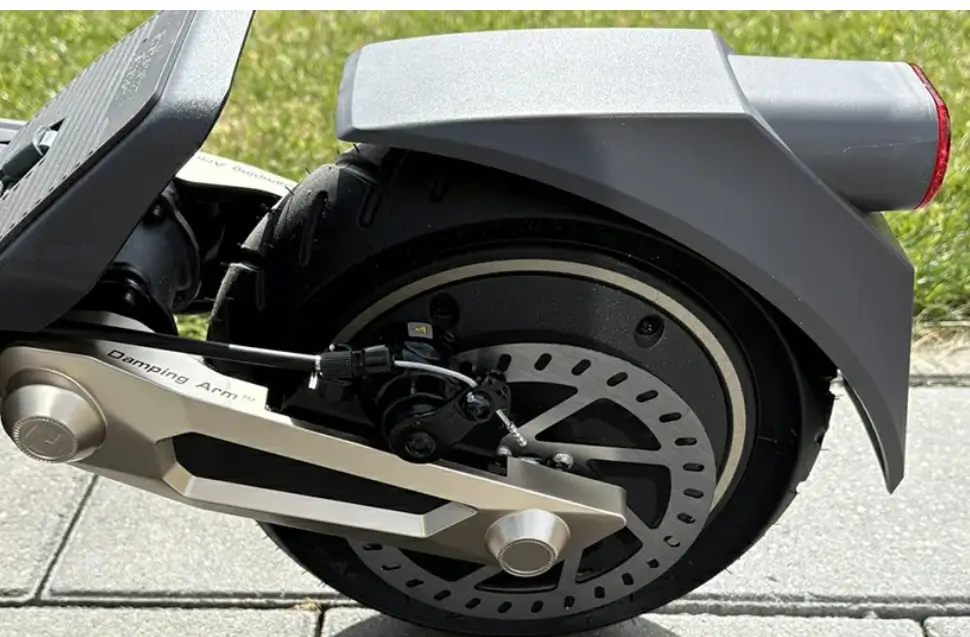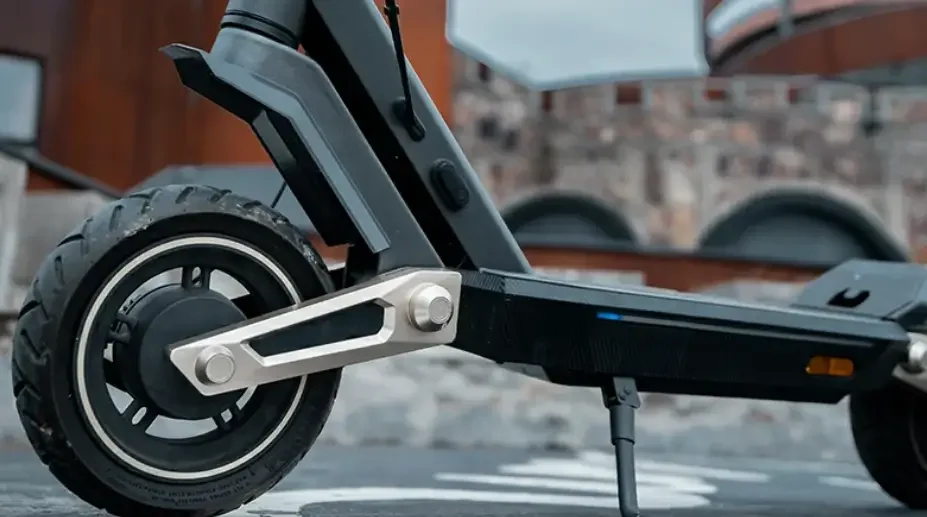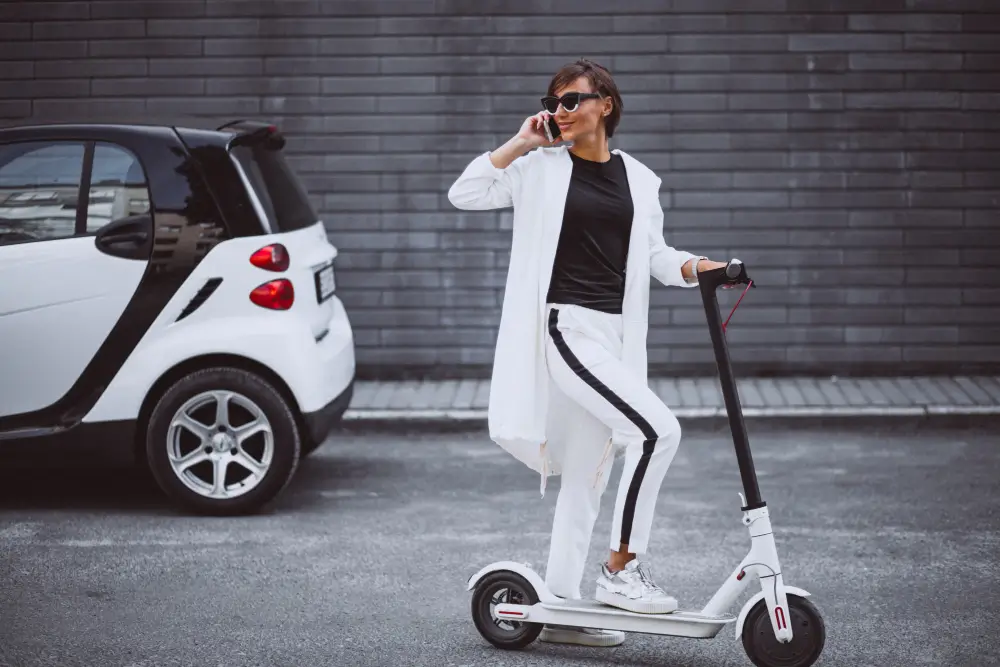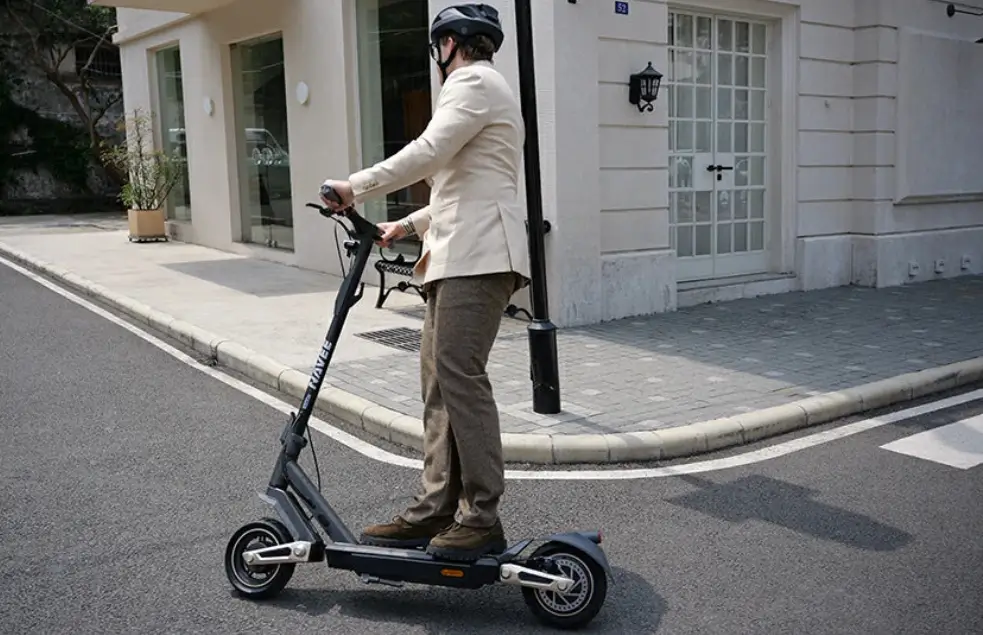Electric Scooter 20 MPH Getting around town has never been simpler or greener. Electric scooters are revolutionizing urban commutes, offering silent, emission-free rides that dodge traffic jams. If you’re eyeing a model that hits 20 mph, you’re in the right place this guide breaks down everything from top speeds and real-world performance to essential safety tips and model picks.
Why 20 MPH Speed Transforms Your Commute
Speed isn’t just a thrill; it’s a game-changer for daily travel. An electric scooter 20 mph model slashes commute times, giving you more freedom to weave through city streets alongside cyclists and light traffic. Ideal for work runs, errands, or casual jaunts, this velocity keeps you efficient without the chaos of car speeds.
Riders often seek that Goldilocks zone: faster than entry-level 15 mph options but tame enough for safe handling. At 20 mph, you balance zippy efficiency with control, covering miles in minutes while staying visible to drivers.
Decoding Speed Capabilities in Electric Scooters
Electric Scooter 20 MPH most urban adventurers quicker than pedaling but cautious enough for shared paths.
Motor power dictates velocity: Aim for 500–1,000W hubs to conquer hills and sustain speed under load (think backpack or groceries). Battery watt-hours (Wh) also factor in; higher capacity means longer high-speed runs without throttling back.
Key Specs for 20 MPH Performance
| Feature | Recommended Range | Why It Matters |
|---|---|---|
| Motor Power | 500–1,000W | Ensures hill climbs and consistent 20 mph bursts |
| Battery Capacity | 350–750 Wh | Supports 15–30 mile ranges at top speed |
| Top Speed Claim | 20 MPH | Real-world: 17–19 MPH with rider weight/terrain |
Top Speed vs. Everyday Reality
Manufacturer claims shine on spec sheets, but roads tell a different story. Rider weight, terrain, and weather all chip away at that 20 mph max. Heavier loads demand more juice, while rough pavement or headwinds drop you to 15–17 mph.
Uphill? Expect a 20–30% slowdown. Downhill? You might nudge 22 mph safely. For reliable electric scooter 20 mph performance, prioritize models with strong torque ratings over peak speed hype.
Maximizing Battery Life at 20 MPH
Crank the throttle, and your battery gulps power. Sustained Electric Scooter 20 MPH saps range faster than cruising at 15 mph potentially halving your miles. Opt for moderation: Mix speeds to stretch 15–30 miles from a 350–750 Wh pack.
Charging? Budget 3–6 hours per session; overnight top-ups are ideal to preserve lifespan. Avoid full drains recharge at 20–30% for optimal health.
Essential Safety Gear for 20 MPH Rides
Electric Scooter 20 MPH Faster means forgiving less room for error. Dual brakes (disc + e-brake) are non-negotiable for quick, confident stops. LED lights front and rear, plus reflectors, boost nighttime visibility; turn signals elevate you to car-like status in traffic.
Pneumatic tires grip wet roads better than solids but risk flats pack a kit or go tubeless. Helmets? Always, regardless of local mandates.
What Makes 20 MPH a Challenge on an Electric Scooter?
Safety Concerns and Accident Risk
At higher speeds, stopping distances increase and handling becomes trickier. A bump, pothole, or distracted pedestrian can cause loss of balance. Riders also worry whether standard helmets and pads offer enough protection. The faster you go, the more serious even minor crashes can become.
Local Laws and Legal Risks
Electric Scooter 20 MPH Many U.S. cities and college campuses limit scooter speeds to 15–18 mph. Exceeding those limits can result in fines, scooter confiscation, or even voided insurance. It’s common for riders to overlook local rules — but staying informed helps you avoid costly mistakes.
Battery and Range Anxiety
Electric Scooter 20 MPH Speed directly affects efficiency. Riding consistently at 20 mph drains your battery much faster, often cutting real-world range by 30–40%. Riders may find themselves running out of charge mid-commute, especially if hills or cold weather are involved.
Scooter Stability and Comfort
Not every scooter is built for Electric Scooter 20 MPH. Entry-level models may wobble or vibrate on uneven surfaces, making the ride unstable. Smaller tires and weak brakes add to the risk. High-speed riding demands a sturdy frame, reliable brakes, and quality suspension.
Maintenance and Wear
Fast riding accelerates wear on tires, brakes, and motors. Scooters pushed to their limits need more frequent inspections and part replacements. Keeping up with maintenance ensures performance and reduces the risk of breakdowns.
Solutions and Tips for Safe 20 MPH E-Scooter Riding

1. Check Your Local Speed Limits
Electric Scooter 20 MPH Before riding, always research your city or campus regulations. Most areas legally cap scooters at 15–18 mph. Respecting those limits keeps you safe — and penalty-free.
2. Upgrade Your Protective Gear
At 20 mph, a basic bike helmet won’t cut it. Choose an e-bike-rated or motorcycle-rated helmet, plus gloves, knee and elbow pads, and reflective clothing for night rides. Safety gear is your best defense against unexpected hazards.
3. Pick the Right Electric Scooter
If you plan to ride at higher speeds, invest in a performance-grade scooter with disc brakes, wide tires, and durable suspension.
For example, NAVEE electric scooters are engineered for both performance and safety. Each model undergoes rigorous factory testing and features the exclusive Damping Arm™ Suspension and a Triple Braking System for smoother handling and superior control — even at 20 mph and beyond.
4. Plan Your Battery Use and Charging
Electric Scooter 20 MPH is Riding fast shortens range, so plan ahead. Choose scooters with larger or swappable batteries, and always charge fully before leaving home. Monitor your power levels during longer trips to avoid running out mid-ride.
5. Inspect and Maintain Regularly
Before every ride, check tire pressure, brake response, and bolt tightness. At 20 mph, even a small issue can become dangerous. Routine upkeep not only boosts safety but also extends your scooter’s life.
6. Ride Defensively and Smart
Electric Scooter 20 MPH Give yourself space and time to react. Slow down in crowds, signal early, and stay alert for pedestrians or cars. Avoid showing off top speed where it could endanger others — control and awareness matter more than maxing out your scooter.
Real-World Perspective: Who Should Ride at 20 MPH?
Best for Experienced Riders on Clear Routes
If you’re a seasoned commuter riding on smooth roads or open bike lanes, 20 mph can dramatically shorten travel time. For beginners or those navigating crowded campuses and rough city streets, however, it’s wiser to start slower until confidence builds.
When Slower Is Smarter
In dense areas, parks, or shared paths, maintaining 10–15 mph keeps you and others safe. You’ll have more reaction time and reduce the risk of accidents while still enjoying efficient travel.
Must-Have Safety Checklist
- Brakes: Dual system for redundancy
- Lights/Signals: Full set for low-light commuting
- Tires: 10″ pneumatic with puncture protection
- Helmet: DOT-certified for impact absorption
Navigating Legal Rules for 20 MPH Scooters
Regulations shift by city some cap speeds at 15 mph on sidewalks, others greenlight 20 mph on streets. Verify helmet laws (often 16+), age minimums (typically 16–18), and registration needs to sidestep fines.
Pro tip: Use tools like local DOT sites or apps to map compliant routes for your electric scooter 20 mph adventures.
How to Select Your Ideal 20 MPH Model
Tailor to your life: Long commutes demand 20+ mile range; short hops prioritize foldability under 40 lbs.
Weight limits? Standard 220 lbs; heavy-duty hits 300 lbs without speed dips. Test for deck size and handlebar height comfort rules.
Top Picks by Need
| Category | Model Example | Key Perks | Price Range |
|---|---|---|---|
| Budget Commute | Gotrax G4 | 20 mph, 20-mile range | $400–$600 |
| All-Terrain | Hiboy Titan | 25 mph capable, suspension | $800–$1,000 |
| Portable | Segway F3 | 20 mph, ultra-light fold | $700–$900 |
Motor Power: Fueling Your 20 MPH Thrill
Suspension for Smooth 20 MPH Cruises
Electric Scooter 20 MPH Bumps at speed amplify fatigue front forks absorb 80% of jolts. Springs suit city slickers; air systems tame gravel. Skip if budget-tight; fat tires cushion basics.
Maintenance Tips to Keep Your 20 MPH Scooter Humming
Weekly tire checks (32–40 PSI) boost efficiency. Monthly brake inspections prevent fade. Clean post-rain; lube folds quarterly. Batteries thrive at 50–80% charge in cool storage.
Pro Riding Techniques for Safe 20 MPH Speeds
Ease into throttle; center weight for stability. Scan horizons, signal turns, and practice 20 mph stops (expect 15–20 ft). Maintain 3-second gaps.
Tackling Weather with a 20 MPH Scooter
Rain? IP54+ ratings handle drizzle; avoid floods. Cold zaps 20–30% range layer up. Winds? Lean and throttle down.
Unlock Commuting Wins with 20 MPH Scooters
Electric Scooter 20 MPH Ditch gas: Save $200+/month on fuel/parking. Shave 20–30% off travel time via bike lanes. Zero tailpipe emissions cut your carbon by tons annually, plus bonus leg workout.
Smart Storage and Portability Hacks
Indoor lockers beat elements; covers/locks for outdoors. Quick-fold designs (under 5 seconds) shine for transit hauls aim under 45 lbs.
Budget Breakdown for 20 MPH Models
Entry: $300 (basic 20 mph). Mid: $500–$800 (solid range/safety). Premium: $1,000+ (dual motors). Factor $50–$100 yearly on parts; quality = lower per-mile cost.
Seal the Deal: Your 20 MPH Scooter Strategy
Weigh speed vs. range vs. portability against budget. Devour user reviews on Reddit/Amazon; snag 1-year+ warranties. Test-ride to vibe-check ergonomics. An electric scooter 20 mph nails urban freedom swift, safe, sustainable. Research smart, ride empowered, and reclaim your streets.
Conclusion:
the electric scooter 20 MPH isn’t just a mode of transport—it’s a gateway to effortless, exhilarating freedom on city streets and beyond. With its blistering top speed, eco-conscious design, and unbeatable blend of performance and portability, this powerhouse redefines urban commuting for thrill-seekers and daily hustlers alike. Whether you’re zipping through traffic or embarking on weekend adventures, investing in an electric scooters 20 MPH means embracing a faster, greener, and more fun way to move. Ready to accelerate your lifestyle? Hit the throttle and discover the ride you’ve been waiting for.

FAQs
1. What does a 20 MPH electric scooter mean?
A 20 MPH electric scooter means it can reach a top speed of 20 miles per hour, offering a balance of speed, safety, and efficiency for short urban commutes.
2. Are 20 MPH electric scooters legal in the USA?
Yes, in most U.S. states, electric scooters that go up to 20 MPH are legal, but laws vary by city. Riders usually must follow bike lane rules and avoid sidewalks.
3. Do I need a license to ride a 20 MPH electric scooter in the USA?
Electric Scooter 20 MPH In most states, you don’t need a driver’s license for scooters under 20 MPH, but some states like California or New York may require a standard driver’s license or permit.
4. What’s the average range of a 20 MPH electric scooter?
Most 20 MPH electric scooters can travel 15 to 30 miles per charge, depending on factors like battery size, rider weight, and terrain.
5. Can I ride a 20 MPH electric scooter on public roads?
Yes Electric Scooter 20 MPH, you can ride on public roads where local regulations allow. Generally, scooters should be used in bike lanes or low-speed streets under 25 MPH.
6. How long does it take to charge a 20 MPH electric scooter?
Electric Scooter 20 MPH Charging time usually ranges from 4 to 8 hours, depending on battery capacity and charger type. Fast chargers can reduce this time significantly.
7. Is a 20 MPH electric scooter safe for beginners?
Yes, it’s a good speed range for both beginners and regular commuters. Riders should always wear helmets and protective gear to stay safe.


